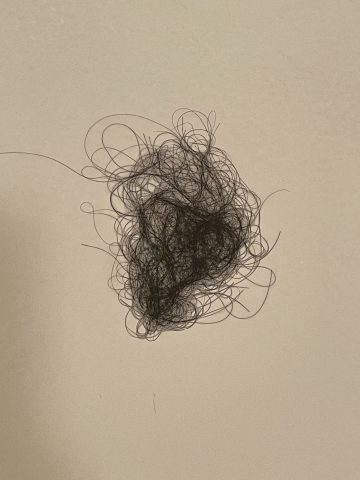Question 1A:

I consider the hair accumulated in my shower an example of effective complexity. It’s pretty much total randomness in that you don’t really know how much hair is in there, the shape is totally random. But it has certain expected features (it’s made out of hair, is denser in the middle, has less hair on the outer part, etc).
Question 1B: Problem of Uniqueness
My problem is actually about the question itself: “Does it diminish the value of the art when unique objects can be mass-produced?” I think value really shouldn’t be at the center of the discussion with generative art. For me, value comes from exclusivity, ownership, and scarcity, and a big part of generative art is about its ability to dismantle such things in art. With generative art, we shouldn’t be looking at the value of each individual mass-produced unique object/works; the focus should be the mere realization/appreciation that mass-produced uniqueness is made possible through generative approach.
